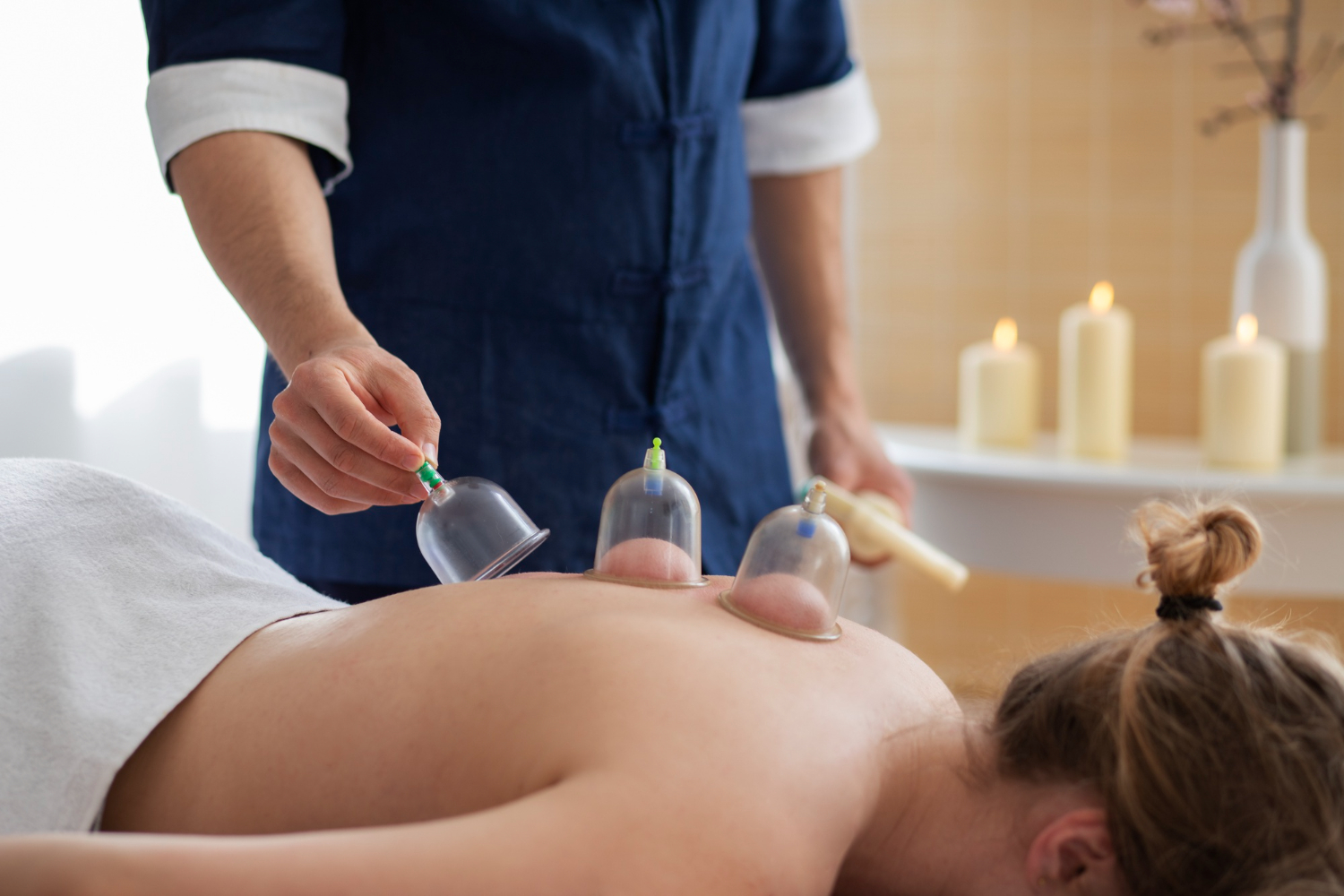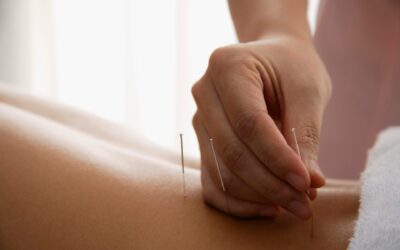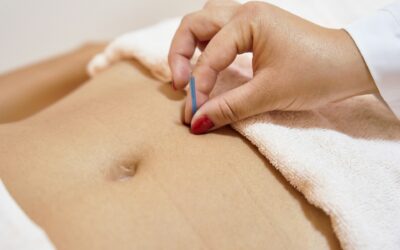Cupping therapy has been gaining a lot more attention lately, and not just from those seeking relief from tension or soreness. More people are turning to this practice as part of their wellness routine or because they’ve heard it might help with issues like tight muscles or poor circulation. Despite its growing popularity, cupping still brings up a lot of puzzled looks and questions.
If you’ve ever wondered what those circular marks mean or what it’s like to experience cupping therapy, you’re not alone. There’s a mix of curiosity, confusion, and sometimes nerves surrounding this treatment. That’s why we’ve compiled some of the most frequently asked questions we hear from people in Scottsdale who are considering cupping for the first time. Whether you’re just curious or seriously thinking about booking a session, it’s helpful to know how it all works and what to expect.
What Is Cupping Therapy?
At its core, cupping therapy is a method where special cups are placed on the skin to create suction. The idea is to use that suction to gently raise the skin and underlying tissue, which may help improve circulation. Some use it to relax tight areas, while others turn to it in hopes of easing general discomfort.
There are a few different ways cupping is done, but the most common types include:
- Dry cupping: A cup is placed on the skin, and the air inside is removed to create suction. The cup stays in place for a few minutes.
- Wet cupping: Less common and more traditional, this includes a small, controlled skin prick before the cup is applied. It’s meant to draw out a small amount of blood.
- Moving cupping: Oil is applied to the skin, and the suctioned cup is gently moved around to cover a larger area.
Cupping therapy has been used in different cultures for hundreds of years, traditionally as a way to support the body’s natural processes. It’s often applied to the back, shoulders, or neck, though it can be used in other targeted spots depending on the issue. While the technique has evolved, many of its core ideas remain focused on creating balance and helping the body reset.
How Does Cupping Work?
The suction created during cupping has a few possible effects. It pulls skin and muscle tissue upward, which encourages circulation in the area. That increased flow may give the muscles a chance to loosen and reset. Some believe this process helps the body clear built-up tension and promotes general relaxation.
Here’s how a typical dry cupping session might go:
- The skin is cleaned and dried, usually on the back or shoulders.
- A cup, often made of glass, silicone, or plastic, is placed on the skin.
- Air is removed from the cup either by a pump or by heating the air inside and quickly cooling it. This creates the suction effect.
- The cup stays on the skin for about 5 to 10 minutes. You’ll probably feel a firm pulling or tight sensation, but it shouldn’t be painful.
- Once removed, there may be circular marks left behind. These usually fade in a few days.
Some people describe the feeling like a deep tissue massage, but with pressure pulling upward instead of pushing down. To imagine it, think of the way a suction cup sticks to a window. Now picture that sensation on your skin. It’s snug, like a slow, steady pressure. It feels different from most bodywork people are used to, which helps explain why it’s hard to describe until you’ve tried it.
What Are the Benefits Of Cupping Treatments?
Cupping is often chosen by individuals seeking physical and mental relief through a natural process. The suction effect may help encourage better movement in the tissues, which can loosen tight spots and make it easier to relax. For example, many people in Scottsdale who sit at a desk for long hours seek cupping as a way to ease the tension that builds up in the upper back and shoulders.
Here are some common reasons people try cupping:
- To help ease everyday muscle tightness, especially in areas like the back, neck, or shoulders
- To support circulation, which may offer a feeling of increased mobility or ease
- To unwind mentally, since the therapy can create a calming effect for many people
- Some people say cupping leaves them feeling lighter and more refreshed afterward
It’s often used as part of a plan to support the body when managing conditions such as ongoing discomfort or stiffness. While experiences vary, many describe feeling looser or more relaxed after a session. Cupping isn’t typically a stand-alone fix, but it may work well when paired with other wellness efforts. For some, regular sessions help promote better body awareness and comfort over time.
Are There Any Side Effects or Risks?
Most cupping side effects are mild and temporary. The most obvious one is the circular skin marks, which are common and expected. They might look like bruises, but usually don’t hurt and fade on their own within a few days. These marks are caused by suction pulling small blood vessels closer to the surface, not by impact or pressure.
Other things to keep in mind:
- Some people feel light-headed or tired after a session, especially the first time
- The skin where the cups were placed might feel sensitive for a short while
- It’s best to avoid hot showers, pools, or exercise directly after a session, giving your skin time to recover
Cupping may not be right for everybody. You should avoid it if you have certain skin conditions in the area, an open wound, or if you’re sensitive to suction on your skin. Pregnant people should talk to a licensed provider about timing and treatment areas.
It’s always a good idea to ask questions before booking, so the treatment can be adjusted for your comfort level and health needs.
Starting Your Cupping Journey
Cupping treatments can provide a unique form of body support, particularly if you prefer natural methods and are looking for an alternative to traditional massage. It’s not a quick fix, but for many people, it’s a helpful way to relax and care for themselves in a slower, more intentional way.
Understanding how the process works, what to expect during a session, how long marks last, and whether it will feel comfortable can make a big difference before trying it out. If you’re curious, start by asking any questions you have. A good provider will explain the process clearly and make sure the approach is a good fit for your body and goals.
Everybody is different, and what works well for one person might not be the first option for someone else. That’s why it helps to explore cupping with curiosity and notice how your body responds. Work with someone who considers your comfort, routine, and concerns when creating a treatment plan. Whether you’re working through muscle tightness, seeking improved movement, or simply want to check in on how your body feels, cupping may be worth exploring. Starting with the right information can help make trying cupping a simple and open-hearted step on your wellness path.
Curious about how natural bodywork can help you feel more at ease and supported? Learn how personalized cupping treatments at Alivia Acupuncture Clinic LLC can be a restorative addition to your wellness routine. Our team is here to walk you through each session and help you discover how this calming therapy fits into your individual path toward feeling better.





0 Comments